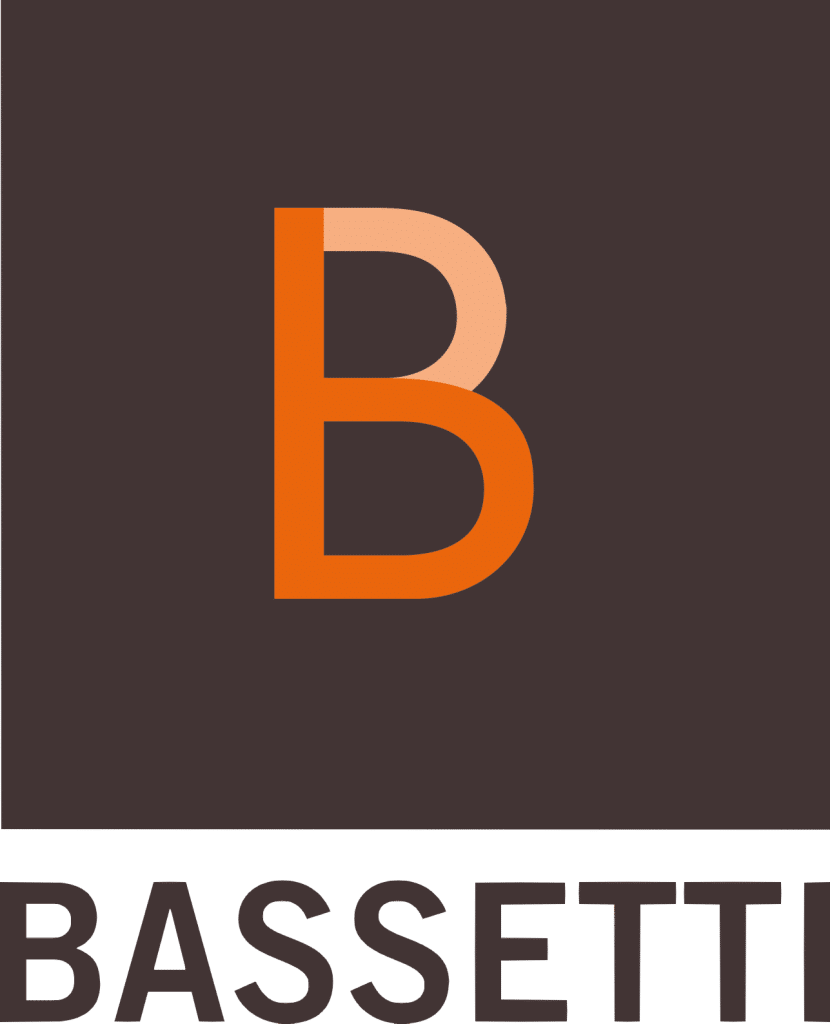Additive manufacturing is becoming more and more important in the industry. The combination of technological innovation to improve productivity and efficiency are no longer concepts but reality, for a market worth 13 billion euros. So, whether it is within the framework of an R&D activity (product development project via additive manufacturing) or B2P (Build To Print, industrialized manufacturing), it is essential to set up a certain number of connections and exchanges between the different functions common or not to these two axes.
[/vc_column_text][image_with_animation image_url=”13092″ alignment=”center” animation=”Fade In” hover_animation=”none” border_radius=”none” box_shadow=”none” image_loading=”default” max_width=”100%” max_width_mobile=”default”][/vc_column][/vc_row][vc_row type=”in_container” full_screen_row_position=”middle” column_margin=”default” scene_position=”center” text_color=”dark” text_align=”left” overlay_strength=”0.3″ shape_divider_position=”bottom” bg_image_animation=”none”][vc_column column_padding=”no-extra-padding” column_padding_position=”all” background_color_opacity=”1″ background_hover_color_opacity=”1″ column_link_target=”_self” column_shadow=”none” column_border_radius=”none” width=”1/1″ tablet_width_inherit=”default” tablet_text_alignment=”default” phone_text_alignment=”default” overlay_strength=”0.3″ column_border_width=”none” column_border_style=”solid” bg_image_animation=”none”][vc_column_text]Material selection and definition of part geometry
This first connection is clearly the cornerstone of additive manufacturing, as such, it is important to connect the material database to the design tools. This in order to improve the exchange of information and thus optimize the material selection stage, in particular thanks to the creation of a centralized material library and the definition of the geometry of the workpiece.[/vc_column_text][divider line_type=”No Line” custom_height=”40″][divider line_type=”Small Line” line_alignment=”center” line_thickness=”1″ divider_color=”accent-color” animate=”yes”][divider line_type=”No Line” custom_height=”40″][vc_column_text]
Optimize the validation of the material to be used for manufacture
The choice of one material, rather than another, is justified by its properties, but also by the simulation of its behaviour in relation to the part to be manufactured and the environment it will face. This is why it is essential to simulate the behaviour of the part to be manufactured using dedicated tools. This simulation can only be optimal by setting up a gateway between the materials database (containing the different materials and their properties) and these simulation tools so that the properties of the materials concerned can be exploited by the simulation teams.[/vc_column_text][divider line_type=”No Line” custom_height=”40″][divider line_type=”Small Line” line_alignment=”center” line_thickness=”1″ divider_color=”accent-color” animate=”yes”][divider line_type=”No Line” custom_height=”40″][vc_column_text]
3D file generation
In order to be able to start manufacturing the part, it will be necessary to define its specificities through the generation of a 3D file, most often in STL, OBJ, AMF or 3MF format, which can then be sent and read directly by the manufacturing machine.[/vc_column_text][divider line_type=”No Line” custom_height=”40″][divider line_type=”Small Line” line_alignment=”center” line_thickness=”1″ divider_color=”accent-color” animate=”yes”][divider line_type=”No Line” custom_height=”40″][vc_column_text]
Manufacturing monitoring
The connectivity of the manufacturing machine is a necessity to optimize its manufacturing follow-up; indeed, this connectivity allows, among other things, to schedule its different manufacturing ranges, but also to be able to follow in real-time the machine operating parameters, to be able to track manufacturing progress or a non-conformity on the machine (failure) or on the machined part (error on a layer for example).
In addition, this manufacturing monitoring enables me to generate indicators that will enable me in the medium term to reduce the costs of the activity, by optimising production and limiting the occurrence of non-conformities.[/vc_column_text][divider line_type=”No Line” custom_height=”40″][divider line_type=”Small Line” line_alignment=”center” line_thickness=”1″ divider_color=”accent-color” animate=”yes”][divider line_type=”No Line” custom_height=”40″][vc_column_text]
Characterization tests
Especially in the context of an R&D activity, it will be essential to characterize the part at the end of the manufacturing process to ensure that it meets the specifications; for this, characterization tests are necessary.
There are, therefore, exchanges to be set up in order to transmit test requests to the teams in charge of the tests; the latter will have to return the test results (reports, raw data) once they have been carried out. The implementation of a connection between the manufacturing management tool and the test request management tool, therefore, allows to optimize these exchanges and to ensure complete traceability from the beginning to the end of the manufacturing process. [/vc_column_text][divider line_type=”No Line” custom_height=”40″][divider line_type=”Small Line” line_alignment=”center” line_thickness=”1″ divider_color=”accent-color” animate=”yes”][divider line_type=”No Line” custom_height=”40″][/vc_column][/vc_row][vc_row type=”in_container” full_screen_row_position=”middle” column_margin=”default” scene_position=”center” text_color=”dark” text_align=”right” overlay_strength=”0.3″ shape_divider_position=”bottom” bg_image_animation=”none” shape_type=””][vc_column column_padding=”no-extra-padding” column_padding_position=”all” background_color_opacity=”1″ background_hover_color_opacity=”1″ column_link_target=”_self” column_shadow=”none” column_border_radius=”none” width=”1/2″ tablet_width_inherit=”default” tablet_text_alignment=”default” phone_text_alignment=”default” overlay_strength=”0.3″ column_border_width=”none” column_border_style=”solid” bg_image_animation=”none”][vc_column_text]
For more information on the systems to be implemented to optimize connectivity within the additive manufacturing process :
[/vc_column_text][/vc_column][vc_column column_padding=”no-extra-padding” column_padding_position=”all” background_color_opacity=”1″ background_hover_color_opacity=”1″ column_link_target=”_self” column_shadow=”none” column_border_radius=”none” width=”1/2″ tablet_width_inherit=”default” tablet_text_alignment=”default” phone_text_alignment=”default” overlay_strength=”0.3″ column_border_width=”none” column_border_style=”solid” bg_image_animation=”none”][nectar_btn size=”large” open_new_tab=”true” button_style=”see-through” button_color_2=”Accent-Color” icon_family=”none” el_class=”custom-button-see-through” url=”https://www.bassetti-group.com/fabrication-additive/?lang=en” text=”Access it here”][/vc_column][/vc_row][vc_row type=”in_container” full_screen_row_position=”middle” column_margin=”default” scene_position=”center” text_color=”dark” text_align=”right” overlay_strength=”0.3″ shape_divider_position=”bottom” bg_image_animation=”none” shape_type=””][vc_column column_padding=”no-extra-padding” column_padding_position=”all” background_color_opacity=”1″ background_hover_color_opacity=”1″ column_link_target=”_self” column_shadow=”none” column_border_radius=”none” width=”1/2″ tablet_width_inherit=”default” tablet_text_alignment=”default” phone_text_alignment=”default” overlay_strength=”0.3″ column_border_width=”none” column_border_style=”solid” bg_image_animation=”none”][vc_column_text]Or contact our expert teams:[/vc_column_text][/vc_column][vc_column column_padding=”no-extra-padding” column_padding_position=”all” background_color_opacity=”1″ background_hover_color_opacity=”1″ column_link_target=”_self” column_shadow=”none” column_border_radius=”none” width=”1/2″ tablet_width_inherit=”default” tablet_text_alignment=”default” phone_text_alignment=”default” overlay_strength=”0.3″ column_border_width=”none” column_border_style=”solid” bg_image_animation=”none”][nectar_btn size=”large” open_new_tab=”true” button_style=”see-through” button_color_2=”Accent-Color” icon_family=”none” el_class=”custom-button-see-through” url=”https://www.bassetti-group.com/contactez-nous/?lang=en” text=”Contact us”][/vc_column][/vc_row]